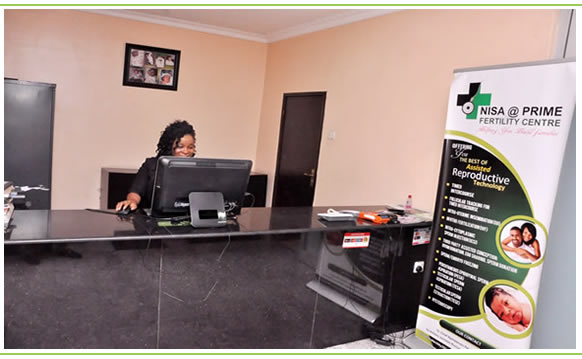



The Nisa@Prime fertility centre is a couple friendly clinic well-structured in a way that will give you the best of fertility services through a client participatory module.
This clinic has been at the forefront of providing Assisted Reproductive Technology in Nigeria through the synergy of two foremost women care hospitals in Nigeria, namely Nisa Premier Hospital at Abuja and Prime Medical Consultants in Port Harcourt. It is a centre primarily built to assist couples to achieve pregnancy through Assisted Reproductive Technology without the usual normal hospital environment. More so it provides suitable comfortable hotel like accommodation for clients especially those coming from outside Port Harcourt..
The successes we have recorded through our IVF/ ICSI procedures is testifiable through our clients. The best of treatments, quality assurance and well trained staff team is not in doubt. Our success rates are comparable to any good centre worldwide.
Directors
Dr Ibrahim Wada OON, (MBBS, MFFP, FROG, FWACS, FICS, MBA)
Prof John Ikimalo [MBBS, DRH(L pool) FMAS, FWACS, FICS]
Therefore feel free to discuss your fertility challenges with us as we pledge to give you the best of treatment suitable for you. Your success at assisted conception is our pledge.

Infertility is a worldwide health problem affecting both the poor and the rich. It is a known cause of marital disharmony especially in developing countries where high premium is placed on child bearing among couples.Inability of a couple to achieve conception after 12 months of unprotected regular sexual intercourse is called infertility. Up to 85% of couple achieves pregnancy within this period of one year.
However 1 in 6 couples may not achieve pregnancy within this time frame.Infertility is called primary when there has never been any pregnancy irrespective of the outcome while secondary infertility is when there has been a pregnancy previously. The incidence of infertility can be as low as 10-15% in developed countries but has been quoted to be as high as 20-46% in sub Saharan Africa